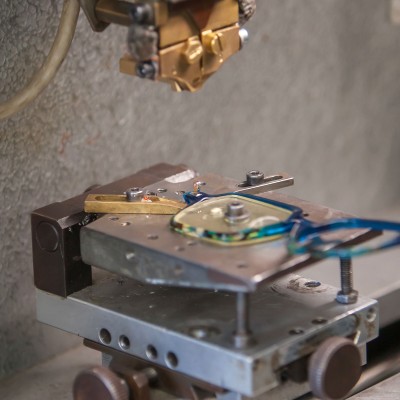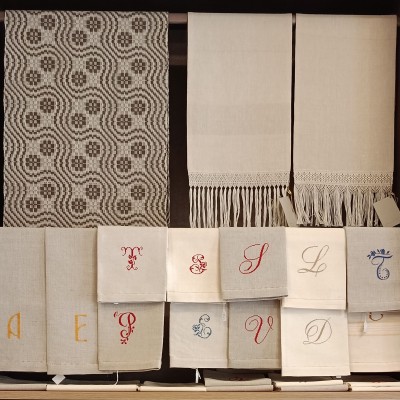Those handkerchiefs that spoke of love
29 settembre 2025
There was a time when colors were words. Silent yet powerful, they spoke through the eyes and, above all, through the heart. This happened in Eastern European countries, where women were called to hard work, both at home and in the fields. The most precious (and practical) garment for them was the large square cotton headscarf they used to protect their hair.
So useful and valuable that they owned more than one; the period is not that far back, extending up to the 1960s, but the political and economic context—and the social conditions, especially for women—were worlds apart. For example, frequent hair washing was not possible, so protecting it with a headscarf during household and fieldwork was natural. Social interactions were also far more restricted, and it was through colors that these scarves spoke.
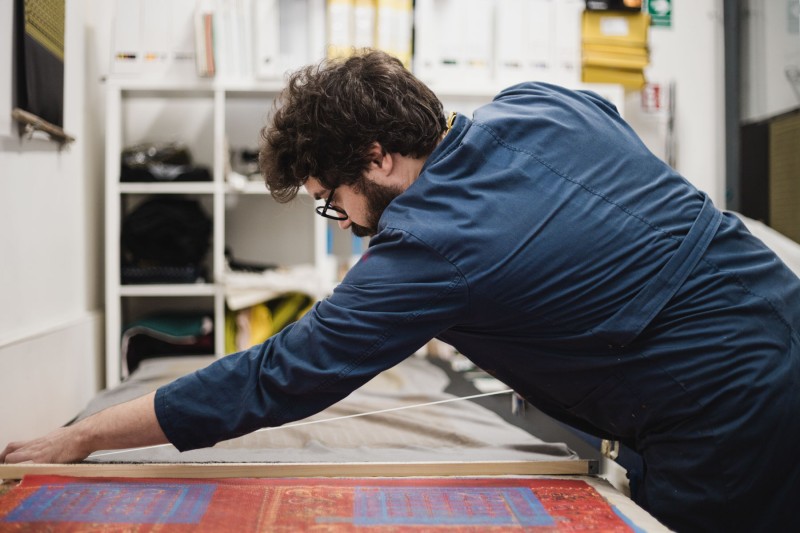
They were never worn on the heads of little girls or young girls; but the moment a girl became a woman, wearing them became the rule. On the hair of the youngest, the colors were bright and bold, a clear message to signal openness to courtship. Softer, more muted colors indicated that the girl was still young but her status had changed: courtship had been successful, and she was married.
As the years went by, the colors became darker, just as the hair beneath the cotton lost its shine and the first gray strands appeared. A black headscarf over equally dark clothing signaled widowhood, but things could change. After the period of strict mourning, a woman could “streak” her scarf with touches of gray, and even this carried a message.
ChatGPT said:
Month by month, she could wear a black scarf with white polka dots, gradually moving to a white one with black polka dots: and it was at this point that the woman, without speaking, signaled the end of the mourning period and made it clear that a suitor would not be unwelcome; who knows, perhaps he might even be welcomed.
Patterns and colors spoke of status, belonging, and religion, but many husbands, fathers, and brothers were sailors; and if, returning from a sea voyage, they brought the women in the family a headscarf from a distant place, the patterns would mix—and with them, the language of the designs.
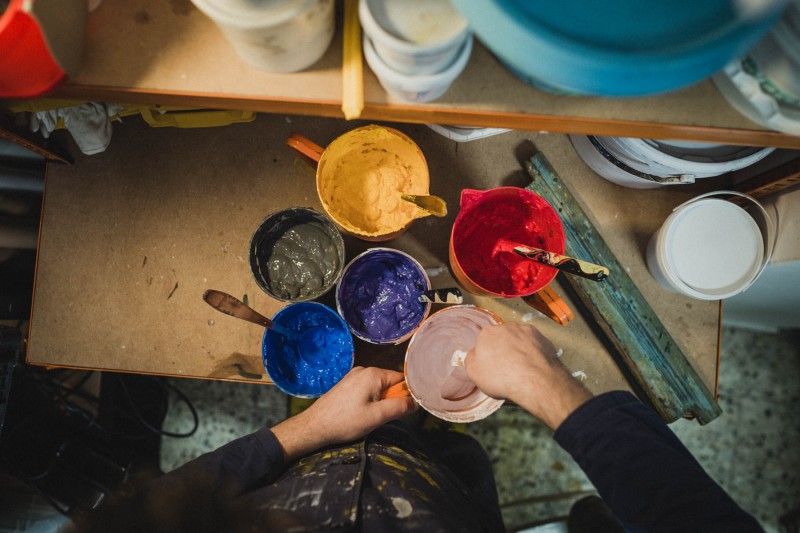
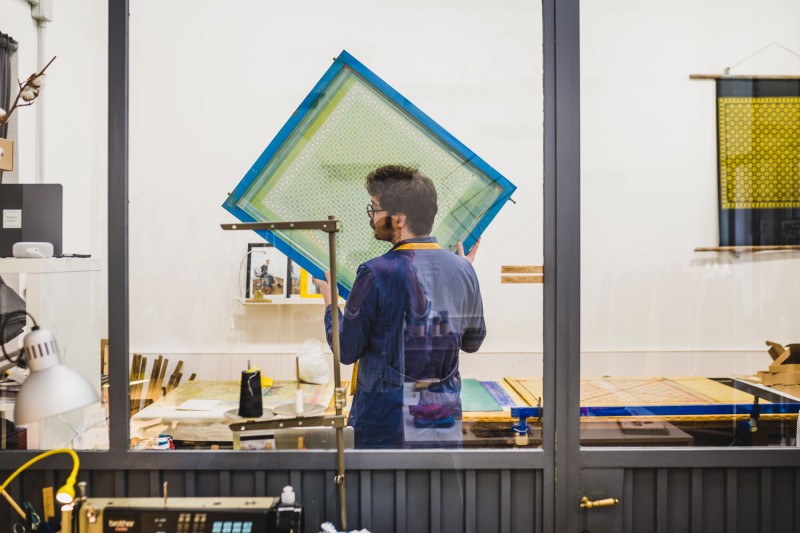
The disappearance of the headscarves coincides with social and political changes; patterns and colors survive in the accessories created by Dezen Dezen—no coincidence, as he comes from an artistic family—but they take on new forms and speak new languages. Bandanas, like scarves and t-shirts, are chosen based on personal taste and styling; a centuries-old tradition endures, but the headscarves no longer speak of love.
Other stories that might interest you
Let's stay in touch
News, previews, initiatives about the world of fashion, ApritiModa and its partners


